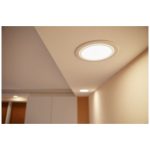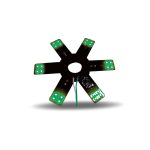Red LED Light Wattage: The Minimum Requirement for Optimal Performance
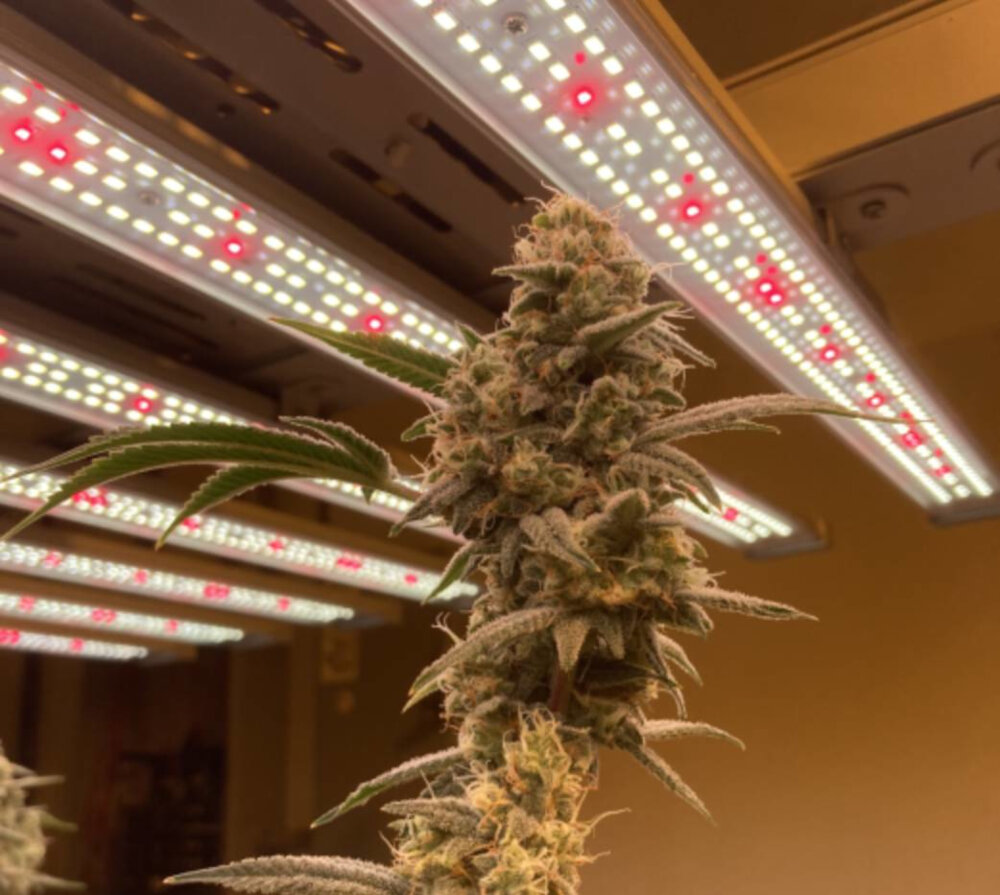
Light-emitting diodes, commonly referred to as LEDs, have become increasingly popular in the lighting industry due to their energy efficiency, durability, and environmental friendliness. Red LED lights are particularly important in certain applications such as plant growth, skin therapy, and night vision. While the benefits of using red LED lights are numerous, it is important to note that the wattage of the LED light plays a critical role in determining its performance. In this article, we will explore the minimum wattage requirement for optimal performance of red LED lights. Red LED lights are often used in applications that require a specific wavelength of light. This is because red light has a longer wavelength than other colors, making it more effective for penetrating deeper into surfaces. However, the amount of power required to achieve optimal performance from red LED lights is dependent on various factors such as the application, intensity, and distance between the light source and the object being illuminated. Understanding the minimum wattage requirement for red LED lights is crucial for achieving the desired results in any application. Whether you are growing plants, treating skin conditions, or using the lights for night vision, this article will provide you with the necessary information to make informed decisions about the wattage requirements for red LED lights.
Red LED lights, also known as light-emitting diodes, are a type of lighting technology that emits red light when an electric current passes through it. These lights have a wide range of uses, from decorative lighting to medical treatments. Red LED lights are often used in horticulture to stimulate plant growth and improve crop yields, as well as in photography to create dramatic lighting effects. In medicine, red LED lights are used to treat a variety of conditions, including acne, skin aging, and pain relief. These lights are also commonly used in automotive lighting and traffic signals, as well as in electronic devices and indicators. The wattage required for optimal performance of red LED lights depends on the specific application and desired brightness level.
Wattage is a crucial factor when it comes to LED lights as it determines the amount of energy that the light consumes and how bright it can shine. The higher the wattage, the brighter the light will be, but it also means that more energy is required, resulting in higher electricity bills. Therefore, finding the right wattage for LED lights is essential to strike a balance between brightness and energy efficiency. In the case of red LED lights, wattage plays a significant role in achieving optimal performance. It is important to note that the minimum wattage requirement for red LED lights is crucial to ensure that the light produces the desired wavelength and intensity, which is necessary for the intended application.
The purpose of this article, \Red LED Light Wattage: The Minimum Requirement for Optimal Performance,\ is to provide a clear understanding of the minimum wattage required for red LED lights to perform at their best. The article explains how the wavelength of red light affects plant growth and how the intensity of the light affects the yield. It then goes on to discuss the importance of wattage and how it plays a crucial role in the performance of red LED lights. The article provides detailed information on the minimum wattage required for optimal performance and how to calculate it for different setups. It is an informative guide for anyone looking to use red LED lights for their indoor garden or grow operation.
Understanding LED Wattage
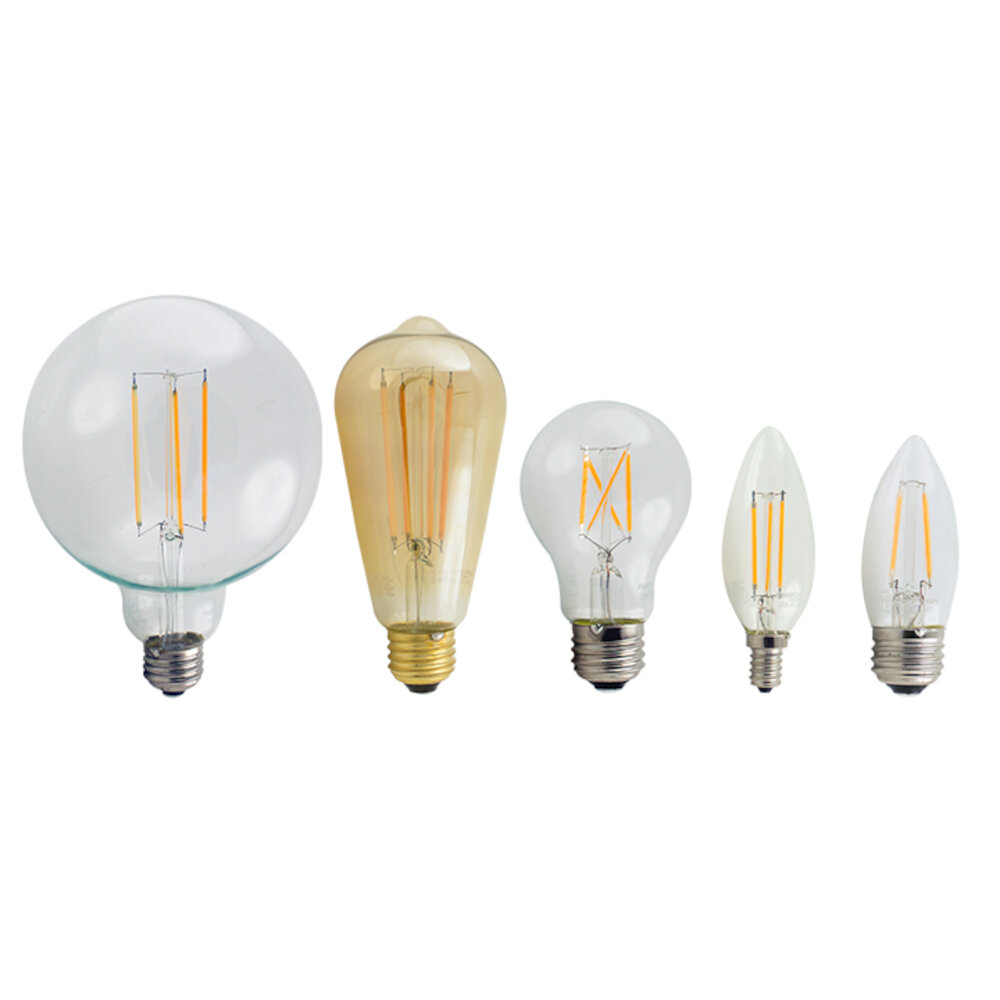
Understanding LED wattage is crucial when it comes to selecting LED lights, be it for indoor or outdoor use. Wattage refers to the amount of energy required to power the LED light, and it determines the brightness and efficiency of the light. The higher the wattage, the brighter the light, but it also means higher energy consumption. Therefore, it is important to balance wattage with optimal performance to ensure that the LED light is energy-efficient and cost-effective in the long run. When it comes to red LED lights, the minimum wattage required for optimal performance is crucial to consider. Red LED lights are commonly used in horticulture for plant growth, as red light wavelengths are essential for photosynthesis. However, too much wattage can cause excessive heat, which can harm the plants. On the other hand, too little wattage can result in insufficient light and stunted plant growth. Therefore, it is important to determine the minimum wattage required for optimal performance to ensure that the red LED lights promote plant growth while being energy-efficient and cost-effective.
Wattage refers to the measurement of power consumed by an electrical device, such as a light bulb or an LED light. It is the rate at which energy is used, expressed in watts. In the context of red LED lights, wattage plays a crucial role in determining the optimal performance of the light. The wattage of a red LED light is directly proportional to its brightness level, with higher wattage indicating a brighter light output. It is important to select a red LED light with the minimum required wattage for optimal performance, as using a light with lower wattage may result in poor performance and reduced brightness. Therefore, it is crucial to consider wattage when selecting a red LED light for a specific purpose or application.
The wattage of an LED light has a significant impact on its performance. The wattage determines the amount of power that the LED consumes, and this directly affects the brightness and efficiency of the light. A higher wattage LED light will produce more lumens, making it brighter than a lower wattage LED light. However, it is essential to note that a higher wattage LED light will also consume more energy, which will result in higher electricity bills. Therefore, it is essential to strike a balance between the wattage and efficiency of the LED light to ensure optimal performance while keeping energy consumption low.
The relationship between wattage and brightness is a key aspect of understanding the performance of red LED lights. Generally, the higher the wattage, the brighter the light produced by an LED. However, it is important to note that this relationship is not always linear, as factors such as the efficiency of the LED and the quality of the components used can also influence brightness. In the article titled \Red LED Light Wattage: The Minimum Requirement for Optimal Performance\, the author emphasizes the importance of selecting LEDs with a wattage that meets the minimum requirement for optimal performance, as using LEDs with a lower wattage can result in reduced brightness and overall performance.
Minimum Wattage for Red LED Lights

Red LED lights have become increasingly popular among homeowners and businesses due to their energy efficiency and long lifespan. However, when it comes to selecting the right wattage for red LED lights, it’s important to understand the minimum requirements for optimal performance. The minimum wattage for red LED lights is determined by the size and power of the LED chip, as well as the intended use of the light. In general, the minimum wattage for red LED lights ranges from 0.5 watts to 3 watts, depending on the size of the LED chip. For example, a 0.5-watt LED chip is suitable for use in small accent lights, while a 3-watt LED chip is ideal for larger, more powerful lights such as floodlights. It’s important to note that using a wattage that is too low can result in a dim or ineffective light, while using a wattage that is too high can cause the LED to overheat and fail prematurely. Therefore, it’s crucial to select the right wattage for your specific lighting needs to ensure optimal performance and longevity of your red LED lights.
Determining the minimum wattage for optimal performance of red LED lights is crucial for achieving the desired brightness and efficiency. The wattage refers to the amount of power consumed by the light source to produce light. The minimum wattage required for red LED lights to operate at their optimal performance depends on various factors such as the size of the room, the number of lights needed, and the intended use of the lights. It is important to note that using too low wattage for the intended purpose will result in dimmer light output and may not be sufficient for the task. On the other hand, using too high wattage could result in unnecessary energy consumption and higher costs. Therefore, it is advisable to determine the minimum wattage required for optimal performance of red LED lights by considering the specific needs and requirements of the user.
Several factors affect the minimum wattage required for optimal performance of a red LED light. The first factor is the size of the LED chip, as larger chips require more energy to produce a brighter light. The second factor is the efficiency of the LED driver, which converts the incoming power into the necessary voltage and current for the LED. A high-quality driver will require less power to produce the same brightness as a lower-quality driver. The third factor is the intended use of the LED light, as different applications may require different levels of brightness. Additionally, environmental factors such as temperature and humidity can affect the minimum wattage required for optimal performance. It is important to consider these factors when selecting the appropriate wattage for a red LED light to ensure it meets the desired performance standards.
The minimum wattage requirement of red LED lights is a critical factor in achieving optimal performance. The wattage indicates the power consumed by the light, which directly impacts its brightness and efficiency. Meeting the minimum wattage requirement ensures that the LED light emits the correct amount of light, providing sufficient illumination for the intended purpose. Using a lower wattage bulb may lead to dim or inconsistent lighting, while exceeding the minimum requirement could result in overheating, shortening the lifespan of the bulb. Therefore, it is essential to carefully choose a red LED light that meets the minimum wattage requirement to enjoy its full benefits, including energy efficiency, cost-effectiveness, and long-lasting performance.
Overcoming the Minimum Wattage Requirement
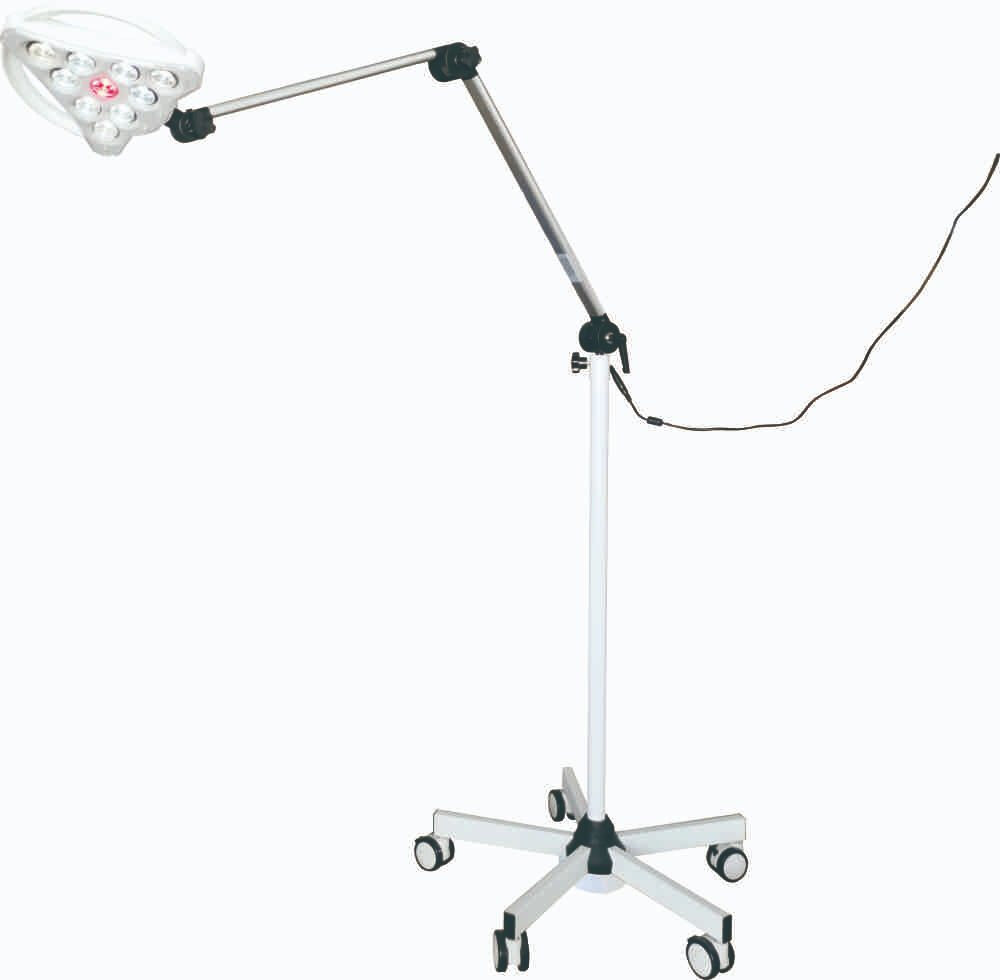
When it comes to using red LED lights, many people are often looking for ways to overcome the minimum wattage requirement for optimal performance. One of the most effective ways to do this is by using a combination of high-quality LED lights and a well-designed lighting system. By choosing LED lights that are specifically designed for high performance and efficiency, you can ensure that your lighting system is able to produce the necessary amount of light without consuming too much energy. Additionally, using a well-designed lighting system that is able to distribute light evenly and effectively can also help to maximize the performance of your LED lights, allowing you to achieve optimal results without relying on excessive wattage. Another effective way to overcome the minimum wattage requirement for red LED lights is by utilizing reflective surfaces and other light-enhancing materials. By strategically placing reflective surfaces such as mirrors, metallic surfaces, or even simply white walls, you can help to direct and amplify the light produced by your LED lights, effectively increasing the amount of light that is available without having to use more energy. Additionally, using light-enhancing materials such as diffusers or lenses can also help to optimize the performance of your LED lights, allowing you to achieve better results with less wattage. By combining these strategies and using high-quality LED lights and a well-designed lighting system, you can effectively overcome the minimum wattage requirement for red LED lights and achieve optimal performance without consuming excessive amounts of energy.
Using additional red LED lights is a popular method to increase wattage and improve plant growth. This approach can be particularly useful for indoor growers with limited space who need to maximize their yields. By adding more red LED lights to your grow setup, you can increase the amount of light energy available to your plants, which can lead to faster growth rates, larger yields, and improved overall health. However, it’s important to keep in mind that adding too many LEDs can also lead to issues like heat buildup and nutrient deficiencies, so it’s crucial to carefully monitor your plants and adjust your setup as needed. Overall, incorporating additional red LED lights can be an effective way to boost your grow operation’s wattage and achieve optimal performance, but it’s important to do so in a thoughtful and strategic manner.
There are several alternative methods to increase wattage without adding more lights to your setup. One such method is to use reflective materials to redirect the light back onto the plants. This can be achieved by using reflective films or sheets that bounce the light back onto the canopy. Another method is to use light movers that move the lights around the grow room, ensuring that all areas receive equal amounts of light. This can help to increase the coverage area of the lights and improve overall plant growth. Additionally, using high-quality LED lights with efficient drivers can help to increase wattage without adding more lights. These lights are designed to provide optimal performance and can help to improve plant growth and yield. By implementing these alternative methods, growers can increase wattage and achieve optimal results without having to invest in additional lights.
The benefits of using Red LED light with minimum wattage for optimal performance are numerous. Firstly, the use of low wattage Red LED light is energy-efficient, which significantly reduces electricity consumption and cost. Secondly, it has therapeutic benefits such as anti-inflammatory and wound healing properties. Moreover, it is safe, non-invasive, and can be used for a prolonged period without any adverse effects. However, some drawbacks include the limited coverage area, which can be challenging if one requires a large area of treatment. Additionally, low wattage Red LED light may not be effective for severe and chronic conditions, and it may take longer to achieve the desired results.
Considerations When Choosing Red LED Lights
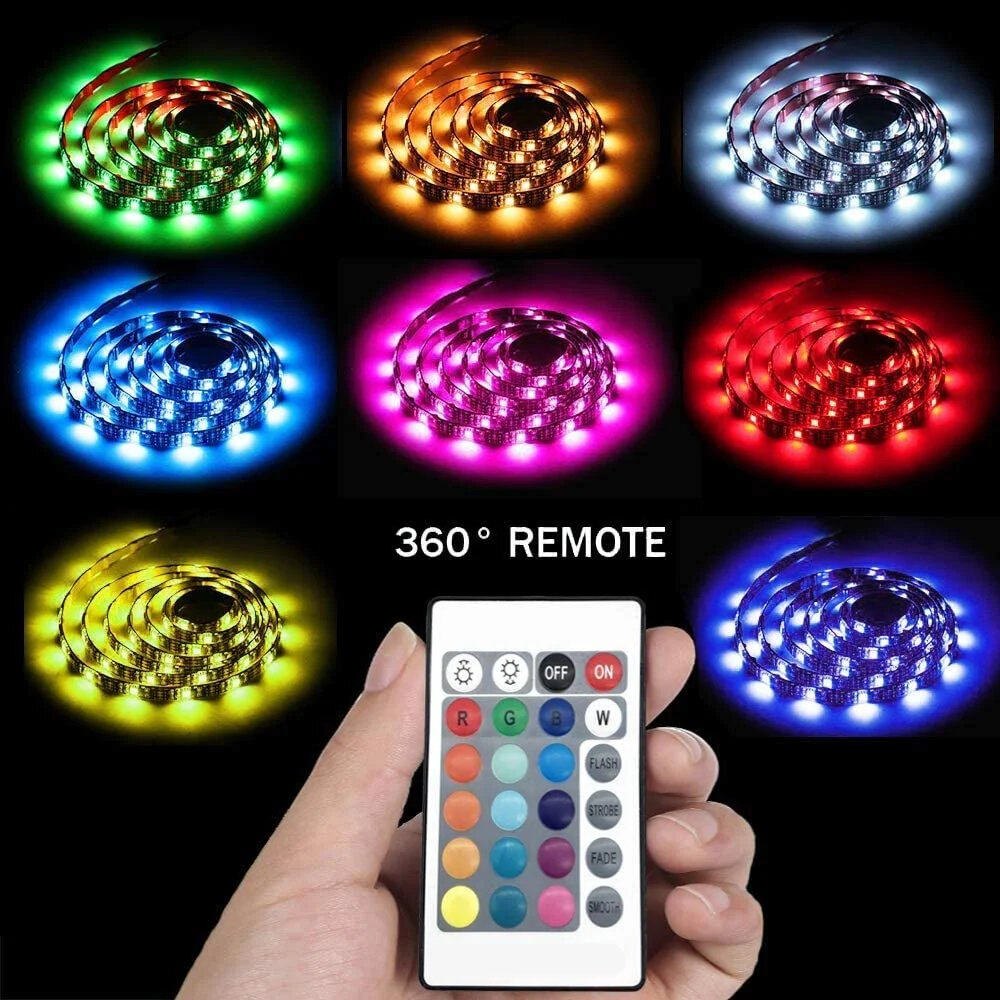
When choosing red LED lights, there are several factors to consider to ensure optimal performance. One of the most important considerations is the wattage of the LED lights. The wattage determines the amount of power that the LED lights consume, which in turn affects their brightness and overall performance. It is important to select LED lights with the minimum wattage requirement for your specific needs to avoid wasting energy and money. LED lights with lower wattage ratings are generally more energy-efficient and cost-effective, while higher wattage ratings provide brighter and more intense light. Another important consideration when choosing red LED lights is the color temperature. The color temperature of an LED light refers to the color of the light produced, which can range from warm white to cool white. When choosing red LED lights, it is important to select those with a color temperature that is appropriate for the intended use. For example, warm white LED lights are ideal for creating a cozy and inviting atmosphere indoors, while cool white LED lights are better suited for outdoor lighting and industrial applications. Additionally, it is important to consider the color rendering index (CRI) of the LED lights, which measures their ability to accurately render colors. LED lights with higher CRI values are better at reproducing colors accurately and are therefore more suitable for applications such as photography and artwork display.
While wattage is an important factor to consider when it comes to red LED light performance, it shouldn’t be the only consideration. Other factors such as the quality of the LED chips and the design of the lighting fixture can have a significant impact on the overall output and efficacy of the lighting system. Furthermore, the intended application of the lighting system should also be taken into consideration as certain tasks may require a specific color temperature or spectrum of light. Therefore, wattage should be viewed as just one piece of the puzzle when it comes to selecting the ideal red LED light for a particular application.
Apart from the wattage of the red LED light, there are several other factors that can affect performance. One such factor is the duration of exposure to the light. While short-term exposure can provide temporary benefits, long-term exposure can result in negative effects such as eye strain and fatigue. Other factors such as the distance between the light source and the subject, the angle of the light, and the quality of the light itself can also impact performance. Therefore, it is essential to consider these factors when using red LED lights for optimal performance.
When choosing the best red LED lights for your needs, there are several factors to consider. First, you need to determine the purpose of the lights. Are you using them for photography or videography? Do you need them for growing plants or for therapeutic purposes? Once you know the purpose, you can then consider the wattage of the lights. It is important to choose lights with a wattage that meets the minimum requirement for optimal performance. Additionally, you should consider the quality of the LED lights, as well as the color spectrum they emit. Look for lights with a high CRI (color rendering index) and a wide range of colors. Finally, consider the price and durability of the lights, as well as any additional features that may be important to you, such as dimming capabilities or remote control. By considering all of these factors, you can choose the best red LED lights for your unique needs.
In summary, the wattage of red LED lights plays a critical role in providing optimal performance in various applications. The minimum requirement for wattage is determined by the type of application and the desired outcome. A higher wattage ensures brighter and more intense light, making it ideal for outdoor lighting, photography, and medical therapies. On the other hand, a lower wattage is suitable for indoor lighting, mood lighting, and night lights. It is essential to consider the wattage when purchasing red LED lights to ensure that they meet the specific requirements of the intended use. Ultimately, understanding the importance of wattage in red LED lights enables users to make informed decisions that improve their experience and overall satisfaction.
In conclusion, choosing the right wattage for optimal performance of a red LED light is crucial. The minimum requirement for optimal performance is dependent on several factors such as the size of the space to be illuminated, the intended use of the light, and the desired level of brightness. It is important to carefully consider these factors before making a decision on the wattage to use. Using the wrong wattage can result in inadequate illumination or even damage to the LED light itself. Therefore, it is recommended to consult with an expert or refer to the manufacturer’s guidelines to ensure the proper wattage is selected for the best possible performance of the red LED light.
Conclusion
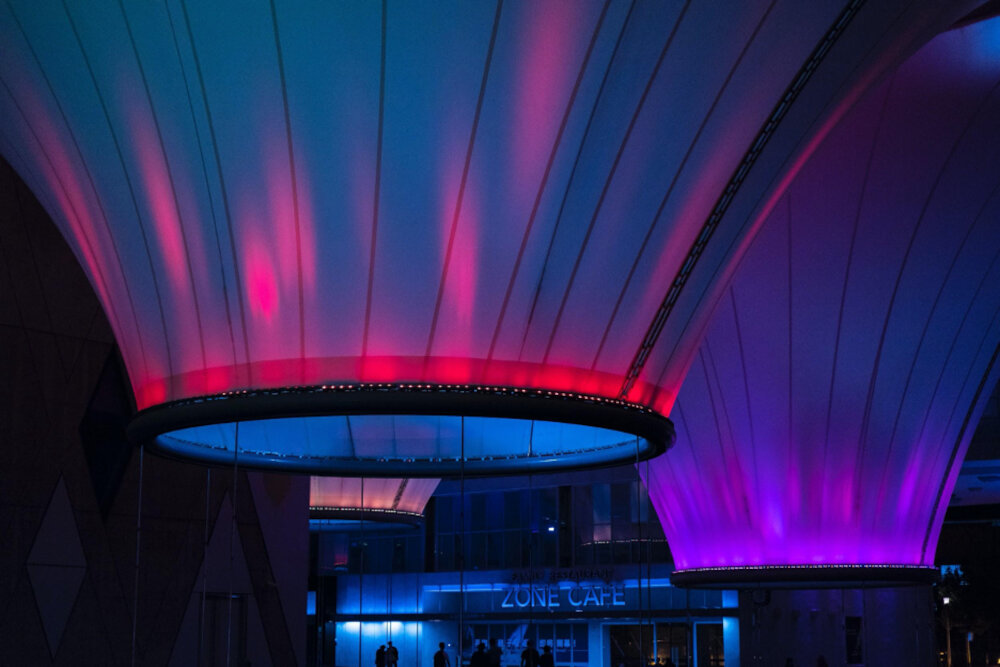
In conclusion, the wattage of a red LED light is a crucial factor in determining its optimal performance. While lower wattage lights may be more energy-efficient, they may not provide sufficient brightness and may not be suitable for certain applications. On the other hand, higher wattage lights may provide more brightness but may consume more energy and generate more heat. Therefore, it is important to consider the specific requirements of the application and choose a red LED light with the appropriate wattage. Ultimately, finding the right balance between energy efficiency and optimal performance is key in achieving the desired results.

